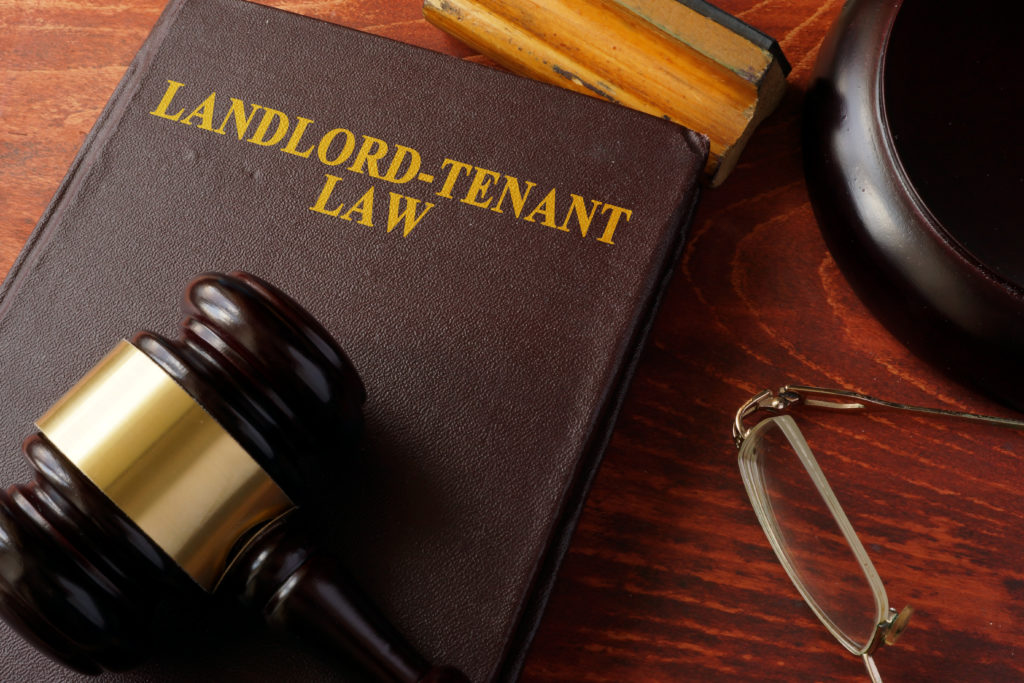- People
- Expertise
Our expertise
We are a team of more than 500 professionals, with the depth of experience which makes us genuine experts in our fields. Together, gunnercooke’s people have strength across just about every corporate discipline and sector. We provide legal, commercial and strategic advice that delivers real value to the clients we work with, which span from multinational enterprises through to unicorns and non-for-profit organisations. Our breadth of expertise covers some of the most interesting and important emerging disciplines, from ESG and charity law, to blockchain and competition.
Search by practice areaDispute ResolutionDispute Resolution OverviewMeet the Dispute Resolution TeamIntellectual Property DisputesFinancial Services & FinTech OverviewProceeds of CrimeEmployment TribunalTax InvestigationProperty Dispute ResolutionInsolvency DisputesMediationCivil Fraud & Asset TracingHealth & SafetyBusiness Crime & InvestigationsLitigation & ArbitrationInternational Arbitration - International
International Offices
The gunnercooke group has 15 main global offices across England, Scotland, the US, Germany and Austria, with further plans for growth in the coming years. These offices enhance the existing in-house capability of our dedicated international teams and dual-qualified experts that cover Spain, France, Italy, Portugal, Brazil, China, India, Poland and Hungary. Our team have clients across 123 jurisdictions, speak 46 languages and are dual-qualified in 21 jurisdictions. Our expertise means we can offer large teams to carry out complex cross-border matters for major international clients.
- Our story
Our story
gunnercooke is the fastest growing corporate law firm in the UK, now making its mark globally. We comprise a rapidly growing number of experts spanning legal and other disciplines. Clients benefit from flexible options on fees to suit their needs, access to a wider network of senior experts throughout the relationship, and legal advice which is complemented by an understanding of the commercial aspects of running a business.
- Reading Room
- News & Insights

What is a break clause?
A break clause is a contractual provision in a lease which allows either the landlord or tenant to terminate the lease early. The clause may be drafted to be exercisable on a specified date or at any time during the term on a rolling basis.
Any conditions that are attached to the break clause must be strictly be followed and time is of the essence in respect of any time limits set out in the break clause (United Scientific Holdings Ltd v Burnley Borough Council).
The effect of the Landlord and Tenant Act 1954 (“LTA”)
If the lease has been excluded from the security of tenure provisions of the LTA, then the lease will come to an end on exercise of the break clause in accordance with the terms of break clause. The relevant party must only serve the break notice to determine the lease.
Where a lease has not been excluded then it can only be terminated in accordance with Part II of the LTA. A notice served by the tenant acts as a notice to quit for the purposes of s.24 of the LTA and will determine the lease. Conversely, whilst a break notice served by the landlord will bring the contractual lease to an end a statutory tenancy will come into effect pursuant to the LTA and as such a landlord will also need to serve a notice pursuant to s.25 of the LTA to determine this statutory tenancy.
How many notices?
Where the LTA applies a s.25 notice served on the tenant can act as the statutory s.25 notice and as a contractual break notice (Scholl Manufacturing Co. Ltd v Clifton (Slim-Line) Ltd).
If just a s.25 notice is served then the notice would have to be of sufficient length both to end the tenancy in accordance with its terms, and to comply with the 6 to 12 months requirements of s.25. Furthermore, any special requirements of the break clause as to the form, content of the break notice and method of service must also be satisfied. As such it is best practice to serve both notices.
Conditions
The break clause may be unconditional and give the landlord an unfettered right to break but many landlords’ break clauses may be subject to the landlord satisfying the relevant conditions. The most common of these are redevelopment break clauses.
Many redevelopment break clauses are based on the language used in s.30(1)(f) of the LTA which requires a landlord to have an intention to redevelop. Based on case law a landlord needs to be able to demonstrate a “firm and settled” and provable intention to redevelop to be able to exercise the right. However, in contrast to the LTA where intention does not have to be shown until the court hearing at which the landlord’s ground of opposition is tried a landlord’s break right could be construed as requiring a firm, provable intention at the time the landlord serves its notice, or at the expiry of the notice, or even both.
In some cases the break clause may only require the landlord to demonstrate “desire” or “wish” to redevelop and it has been accepted that when the break notice was served, the landlord did not have to prove an existing specific scheme of demolition or reconstruction but only that it generally contemplated redevelopment and could produce some evidence of that general desire (Aberdeen Steak Houses v Crown Estate Commissioners).
In summary, where a landlord’s break right is included then the lease should be contracted out of the LTA and the break should be unconditional but where this is not possible great care should be taken in drafting any conditions attached to the break clause and service of the relevant notices.
To contact Jay, or read more about his practice, click here
